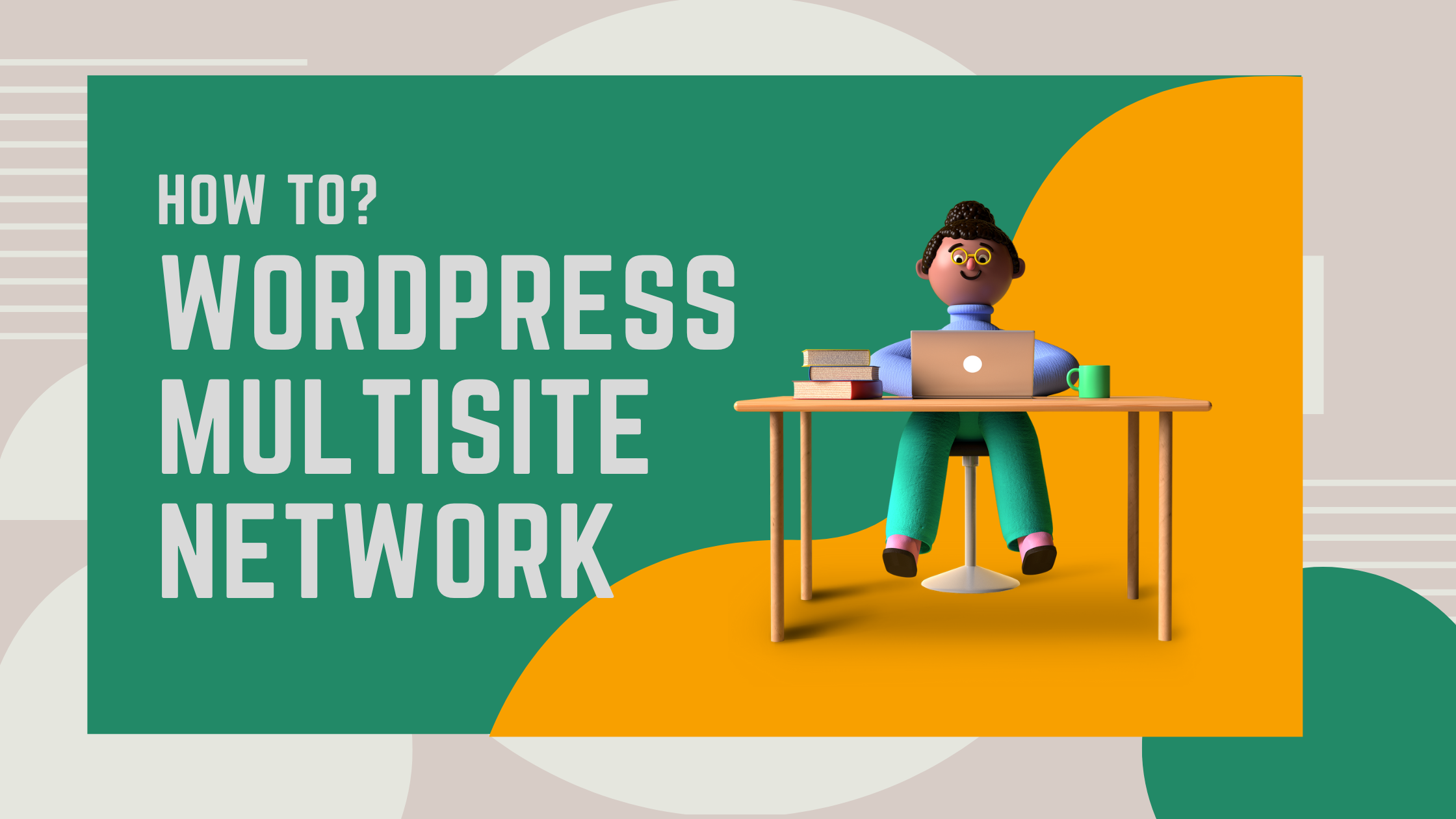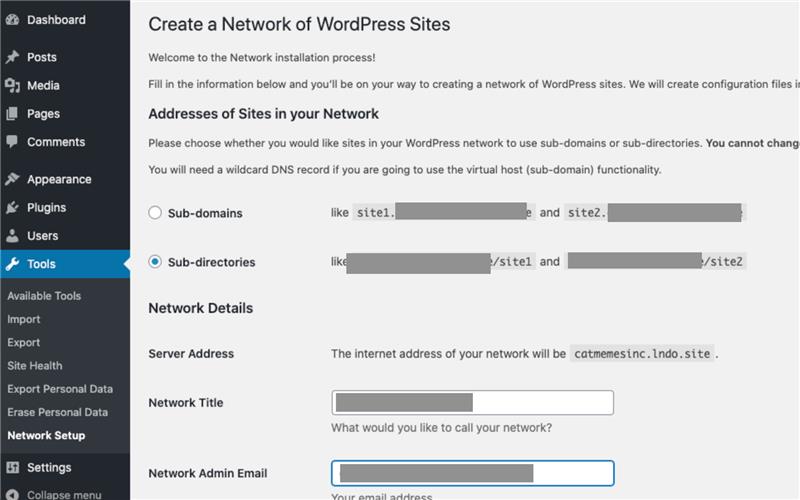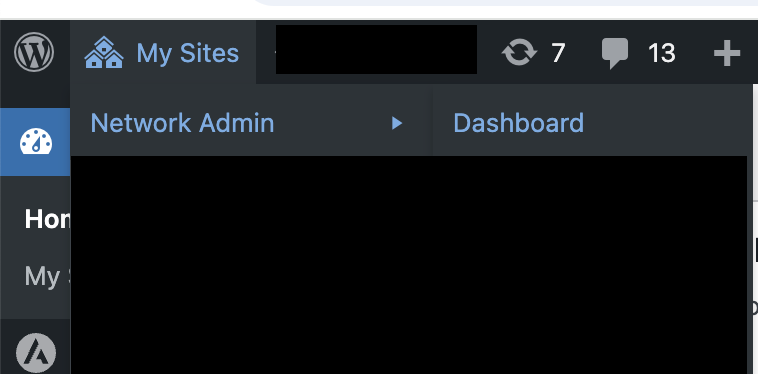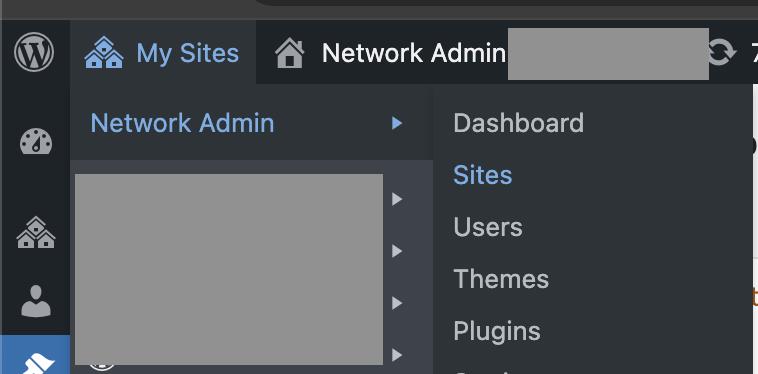About our most secure, flexible plan purpose-built for large teams and organizations
Get Started Now
Managing multiple websites can feel overwhelming, especially when each site demands constant updates, unique content, and regular maintenance. Without a clear system, you might lose track of your workflow, miss critical updates, or spend hours juggling multiple logins. But what if you could simplify everything-enhance your efforts, save time, and manage WordPress maintenance from a single dashboard? That’s where WordPress Multisite steps in, offering a solution that feels almost magical in its efficiency.
Imagine having the power to control a whole network of websites with just one WordPress installation. Whether you’re running a growing franchise business with multiple locations or managing a multilingual website to reach a global audience, WordPress Multisite makes it possible. It transforms a chaotic process into a well-oiled system, helping you simplify WordPress maintenance while gaining control, clarity, and peace of mind. But how exactly does it work, and more importantly, how can you make it work for you? Let’s see how we can explore the opportunities here.
Managing multiple websites might seem like a daunting task, especially if each one requires separate logins, updates, and constant attention. Have you ever dreamt of a way to simplify all this? WordPress Multisite offers a powerful solution, bringing all your sites together under one centralized system.
This built-in WordPress feature allows you to create and manage a network of websites using just one installation. Whether you’re a business owner managing multiple stores, a developer handling diverse client projects, or a blogger with several niche sites, WordPress Multisite helps you optimize your workflow. Instead of juggling updates and logins for every site, you can take control from a single dashboard.
By integrating features like shared plugins, themes, and bulk updates, WordPress Multisite not only simplifies management but also ensures consistency across all your sites. Pairing it with a reliable WordPress maintenance package enhances this efficiency further, keeping everything secure and up-to-date without extra effort. With Multisite, you can focus more on growing your network and less on managing it.
Here are some of its standout features:
This functionality makes WordPress Multisite an excellent choice for complex or large-scale projects.
To understand how WordPress Multisite operates, it’s important to know the user roles it supports. In a standard WordPress setup, there are five roles:
With WordPress Multisite, an additional role is introduced:
The Super Admin’s access extends to network-wide settings and dashboards, while individual site admins handle localized tasks, like activating wordpress plugins and managing users.
WordPress Multisite offers a powerful solution for managing multiple websites from a single dashboard, saving time and ensuring consistency across your network. However, this efficiency comes with challenges, such as the risk of issues affecting all sites and the need for advanced WordPress maintenance skills to troubleshoot effectively. Additionally, not all plugins are fully compatible with a multisite setup, which could limit your options. With proper planning and the right expertise, though, these drawbacks can be managed, making WordPress Multisite a reliable choice for scaling your online presence.
Understanding these factors will help you decide if WordPress Multisite aligns with your needs.
WordPress Multisite is a game-changer when managing multiple sites efficiently. Whether you’re running a growing network of blogs, managing a business with multiple franchise locations, or building a multilingual website, this feature simplifies your workflow. It centralizes control and settings across all sites from one dashboard, saving time and effort. If scalability and foucsed management are your priorities, WordPress Multisite is an invaluable tool to enhance organization and consistency across your websites.
Here are some examples:
These cases demonstrate how WordPress Multisite can enhance operations and improve efficiency.
There are situations where WordPress Multisite may not be the best fit. If you anticipate high traffic on individual sites or need to scale them separately, Multisite may cause performance bottlenecks. Each site in a network shares the same database and server resources, which can lead to slower speeds and downtime. There are situations where WordPress Multisite may not be the best fit:
Consider these factors carefully before committing to a multisite setup. If you’re unsure about the best approach, hire a WordPress developer to get a professional website experience with us. They can guide you in selecting the right setup that suits your unique needs and ensures optimal performance.
Setting up WordPress Multisite involves several steps. Here’s a simplified guide:
/* Multisite */
define( ‘WP_ALLOW_MULTISITE‘, true );
Save your changes.

Go to My Sites > Network Admin > Dashboard to manage your network.

With these steps, you’re ready to manage multiple sites efficiently.
By default, WordPress enables you to convert an existing site into a Multisite network using subdomains only. This means your new network will use subdomains such as site1.example.com, site2.example.com, and more. This process typically involves editing some files and configuring your domain settings, so it’s essential to follow each step carefully. If you’d like to convert your WordPress site into a Subdomain Multisite, you can follow the steps outlined above.
If you’d prefer to convert your existing site into a Multisite Subfolder, follow these steps:
Pro tip: Make sure to take a full website backup before starting the process.
To get started with Multisite, open the wp-config.php file and insert this code:

To deactivate plugins:
Refresh the page to see changes.
add_filter( ‘allow_subdirectory_install‘, create_function( ”, ‘return true;’ ) );
Now, go to Tools > Network Setup.
WordPress will provide code snippets that you need to add to both your wp-config.php and .htaccess files.
Follow these steps:
Save the changes.
Once you’re finished, you can create your first subfolder site. Here’s how:

Congratulations! It’s that simple!
Managing a WordPress Multisite network can be a game changer for handling multiple sites, but it does come with its challenges. With a bit of planning and the right approach, you can keep everything running smoothly. To get the most out of your multisite network, keep these tips in mind:
Implementing these practices ensures smooth operations and long-term success.
WordPress Multisite offers a robust solution for managing multiple websites from a single platform. It’s perfect for businesses, educational institutions, and anyone looking for scalability and efficiency. However, it’s not without its challenges-proper planning and expert guidance are essential.
For seamless WordPress maintenance and reliable services, consider reaching out to Wpcaps. Our expertise ensures your multisite network runs smoothly, letting you focus on what truly matters: growing your online presence.